CALCIUM PHOSPHATE KIDNEY STONES
Kidney stones having CaP (Calcium Phosphate) as the main component (containing more than 50% of CaP), accounts for 8.6% of all kidney stones and 21.7% of all Calcium Stones. Calcium Phosphate stones come in a wide variety of crystalline forms (Type IVa-IVd). They are pH-dependent [25] and calcium-dependent [26]. For a CaP kidney stone to form, the individual's urine requires a pH of more than 6 and the presence of hypercalciuria.
The most common crystalline forms found in CaP kidney stones are Carbapatite (carbonated apatite, often improperly called apatite stones) and brushite (dicalcium phosphate dihydrate). Carbapatite stones represent 67% of call Calcium Phosphate stones, and brushite represents 14%. Less common forms of CaP kidney stones are:
- Struvite (magnesium ammonium phosphate hexahydrate)
- Amorphous Carbonated Calcium Phosphate (ACCP)
- Octacalcium Phosphate Pentahydrate
- Whitelockite (mixed calcium and magnesium phosphate)
Except for brushite, which forms large crystals, all other types of Calcium Phosphate kidney stones form tiny particles made of nano-crystals less than 15nm in size [7].
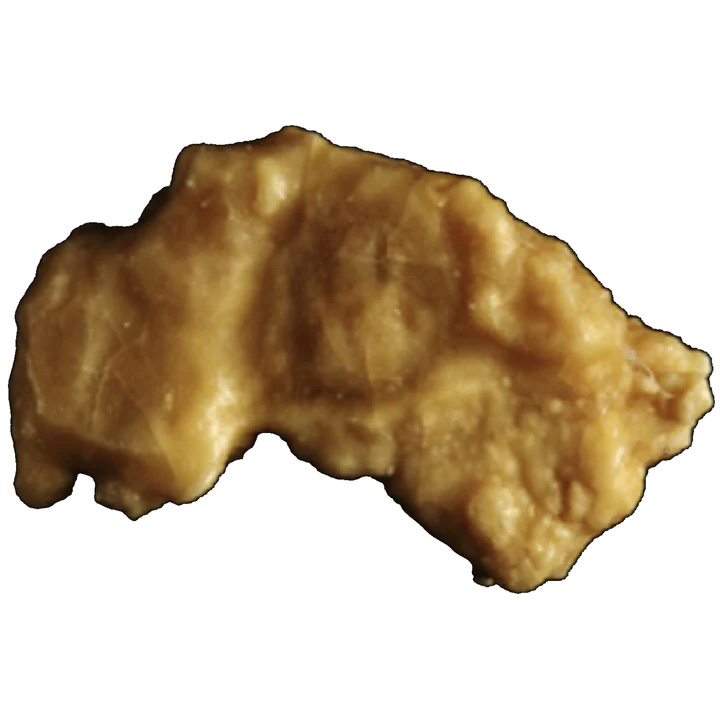
TYPE IVa2 CaP STONES
Common Causes
Inherited or acquired distal renal tubular acidosis, Sjogren syndrome, or chronic hepatitis
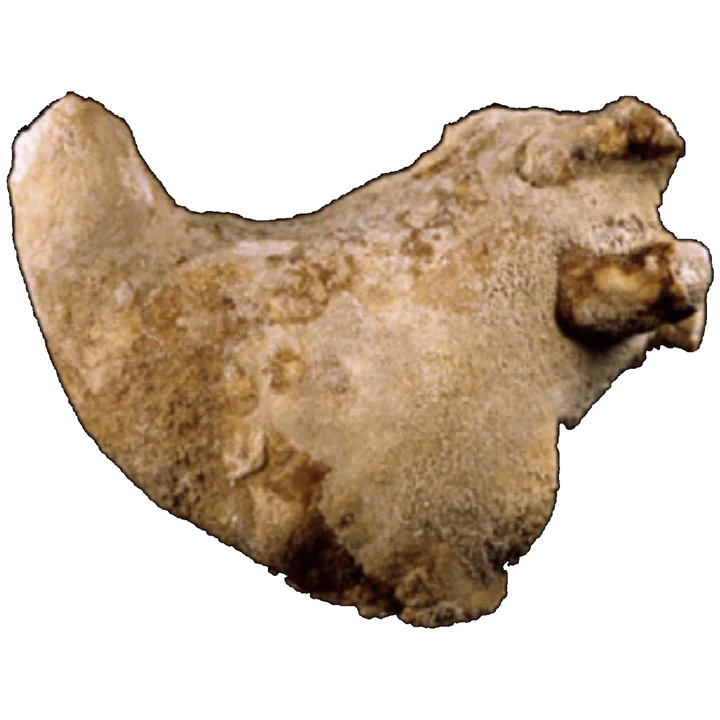
TYPE IVb CaP STONES
Common Causes
Urinary tract infection, hypercalciuria, or primary hyperparathyroidism
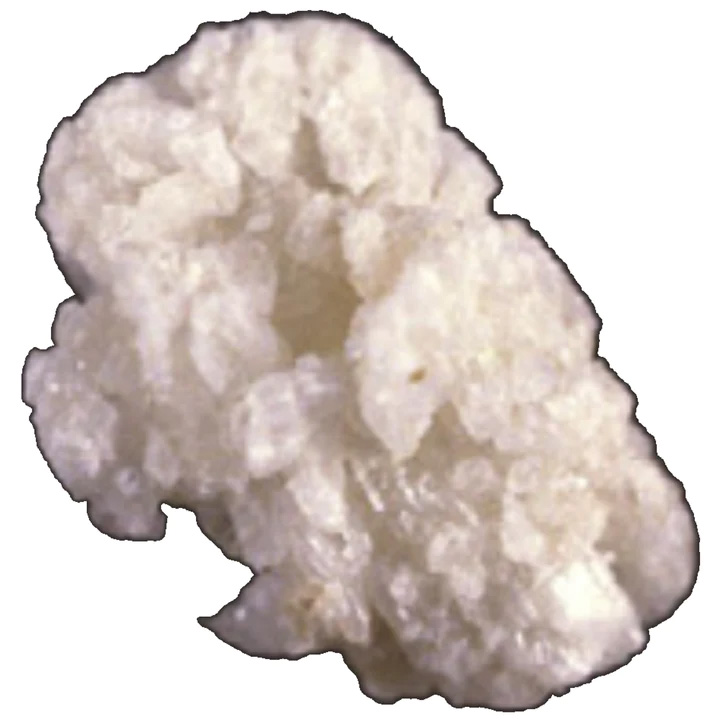
TYPE IVc CaP "STRUVITE" STONES
Common Causes
Urinary tract infection by urea-splitting bacteria
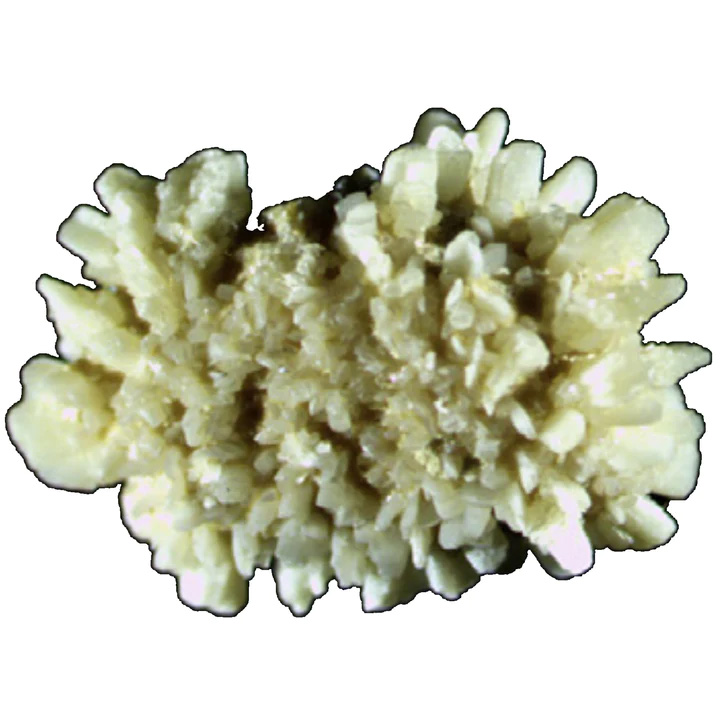
TYPE IVd "BRUSHITE" STONES
Common Causes
Hypercalciuria, primary hyperparathyroidism, phosphate leak, medullary sponge kidney (MSK)
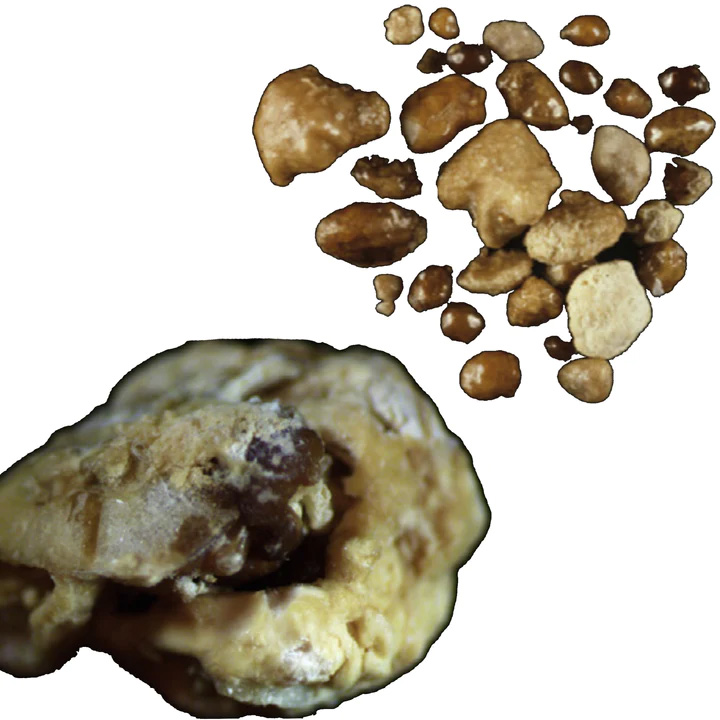
MIXED CaOx & CaP STONES
Common Causes
Hyperoxaluria + hypercalciuria + nucleation os stone on Randall's plaque & medullary sponge kidney (MSK)
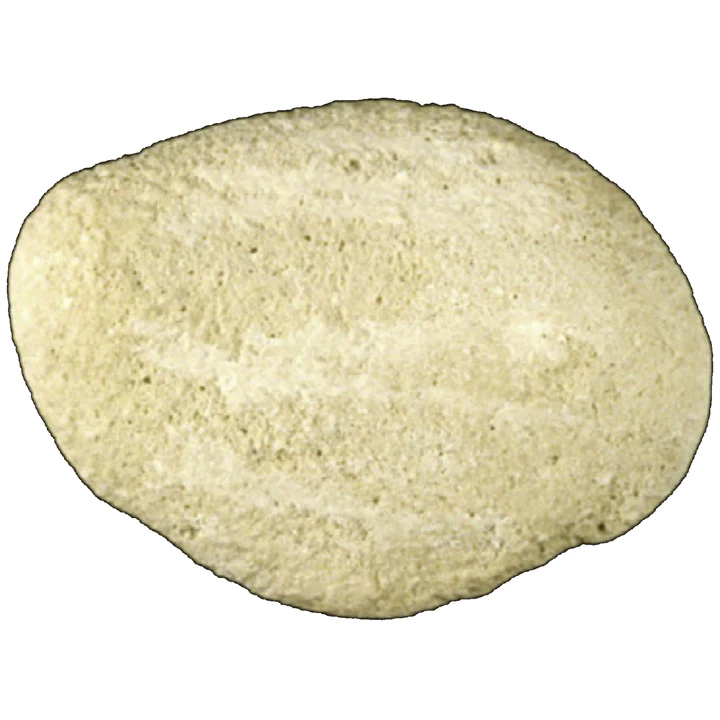
TYPE IVa1 STONES
Common Causes:
Hypercalciuria or urinary tract infection
These stones are mainly composed of carbapatite (carbonated apatite). They are often mixed with small amounts of other components such as COM or COD. Type IVa1 stones exhibit a rough whitish surface with a poorly organized internal structure made up of loose concentric layers of the same color as the surface. These stones are mainly caused by hypercalciuria and urinary tract infections.

TYPE IVa2 CaP STONES
Common Causes:
Inherited or acquired distal renal tubular acidosis, Sjogren syndrome, or chronic hepatitis
Certain carbapatite stones exhibit a distinct form factor from that of common CaP kidney stones, although having the same chemical composition [28,29]. Thus, Type Iva stones have been segmented into two subtypes. Type IVa2 stones represent 11.5% of all CaP stones. Type IVa2 stones exhibit a very peculiar form factor consisting of a smooth yellow-brown surface with a glazed appearance and small cracks. Internally, it has concentric layers of thin whitish and thick yellow-brown layers.
This type of stone appears to be formed explicitly in the context of defective distal tubular acidification. It has been observed in 95% of individuals with congenital distal renal tubular acidosis (dRTA), in 65% of CaP stones from individuals with Sjogren's syndrome, and also in severe forms of medullary sponge kidneys (MSK), which induce injury of collecting ducts and localized acidification defects. However, stone formers suffering from Sjorgen's syndrome may form CaOx stones and mixed CaOx+CaP stones. The same is true of the majority of patients with MSK, who often have stones with a wide variety of shapes and sizes (pleomorphic).
Individuals with dRTA (distal renal tubular acidosis) have been shown to form stones predominantly made of carbapatite [30-32]. Plugging of Bellini's ducts (papillary collecting ducts in the kidney) with apatite crystals has been evidenced in patients with dRTA [33] as well. An association with Sjogren's syndrome, distal tubular acidosis, and cabapatite has also been reported [32, 34, 35].

TYPE IVb STONES
Common Causes:
Urinary tract infection, hypercalciuria, or primary hyperparathyroidism
Phosphate stones made of cabapatite mixed with some amounts of other calcium phosphate or struvite materials exhibit an embossed/rough surface of clear to dark brown color. The internal structure is composed of alternating thick whitish and thin brown-yellow layers. Type IVb stones are suggestive of past or latent urinary tract infection, especially if they contain small amounts of ACCP (Amorphous Carbonated Calcium Phosphate), whitlockite, or struvite which are markers of urinary tract infections (UTI). Type IVb stones are more frequent in women who experience UTIs more frequently than men. In some cases, these stones may be related to a minor defect in tubular acidification or hypercalciuria, especially when they also contain COD.

TYPE IVc "STRUVITE" STONES
Common Causes:
Urinary tract infection by urea-splitting bacteria
Stones made mainly of Struvite account for 1.2% of all kidney stones, and their prevalence has been in severe decline over the past few decades in industrialized countries [27]. Struvite kidney stones exhibit a whitish surface made up of large crystals with blunt angles and edges with a loose-radial internal structure. Type IVc stones unequivocally result from UTI by urea-splitting microorganisms. Of note, the presence of struvite (even in small quantities), is the dear of UTI by urease producing bacteria.

TYPE IVd "BRUSHITE" STONES
Common Causes:
Hypercalciuria, primary hyperparathyroidism, phosphate leak, medullary sponge kidney (MSK)
Stones composed of brushite represent 1.3% of all kidney stones and 14.4% of Calcium Phosphate stones. In their initial stages, Brushite stones exhibit large rod-shaped crystals that evolve towards being slightly rough or resembling a cabbage. Color on the surface is whitish or beige, and the interior structure is characterized by radial crystallization with locally concentric layers.
Brushite stones are both calcium-dependent and pH-dependent [26, 36]. They are observed in patients with market hypercalciuria and a urinary pH above 6. This type of stone typically presents itself as idiopathic. But, Type IVd stones were interestingly observed in 14% of individuals with primary hyperparathyroidism [26].
*NOTE: The identification of Brushite stones among CaP stone is meaningful because brushite stones are resistant to ESWL (extracorporeal shockwave lithotripsy) and have an exceptionally high rate of recurrence [37,38].

MIXED CaOx & CaP STONES
Common Causes:
Hyperoxaluria + hypercalciuria + nucleation os stone on Randall's plaque & medullary sponge kidney (MSK)
Stones composed of a mixture of CaOx (COM and/or COD) and carbapatite (without struvite) are twice as common than phosphate stones containing only CaP as the main component. These mixed stones account for 19.7% of all stones compared to a prevalence of only 8.2% for pure CaP stones. The most common form of mixed phosphate-oxalate stones are ones exhibiting dual morphology (Type IIa + IVa1 or IIb + IVa1), which together account for 12% of all stones. This dual-morphology is mainly related to hypercalciuric states. Mixed CaOx/CaP stones are most often present as idiopathic as related to hypercalciuria and relatively high urine pH. However, they may also be reflective of specific conditions like medullary sponge kidneys (MSK) and less frequently, primary hyperparathyroidism [26,31,46].
In studies, nearly 60% of kidney stones from individuals with primary hyperparathyroidism exhibited a mixed II+IVa morphology. Interestingly, Type IVd stones mainly composed of brushite and mixed stones of II+IV type together account for more than 72% of kidney stones associated with primary hyperparathyroidism [46].
In patients with MSK, stones are most often composed of CaOx (COM or COD) but also of CaP in the form of carbapatite Type IVa1 morphology often mixed with COM or COD or of IVa2 morphology [29]. The same individual may produce stones of diverse CaOx or Cap composition, which is suggestive of MSK. Additionally, phosphate stones may be produced in individuals with rare hereditary monogenic diseases characterized by a urinary phosphate leak often associate with hypercalciuria.